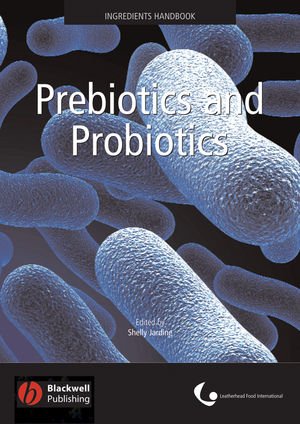

Most ebook files are in PDF format, so you can easily read them using various software such as Foxit Reader or directly on the Google Chrome browser.
Some ebook files are released by publishers in other formats such as .awz, .mobi, .epub, .fb2, etc. You may need to install specific software to read these formats on mobile/PC, such as Calibre.
Please read the tutorial at this link: https://ebookbell.com/faq
We offer FREE conversion to the popular formats you request; however, this may take some time. Therefore, right after payment, please email us, and we will try to provide the service as quickly as possible.
For some exceptional file formats or broken links (if any), please refrain from opening any disputes. Instead, email us first, and we will try to assist within a maximum of 6 hours.
EbookBell Team

5.0
70 reviewsFirst published in 2000, The Prebiotics and Probiotics Ingredients Handbook has been an essential reference tool to the food industry, food scientists and technologists, providing information on prebiotics and probiotics, their genaeral properties, technological applications and legislative aspect of adding prebiotics and probiotics to foods. The second edition of this book contains a new section on synbiotics, and fully revised and updated sections on the main prebiotics and probiotics utilised by the food industry. This book also covers the latest relevant worldwide legislative issues.
Prebiotics and Probiotics Ingredients Handbook is an essential guide to the growing functional foods sector for food scientists, food technologists and those involved in food processing.